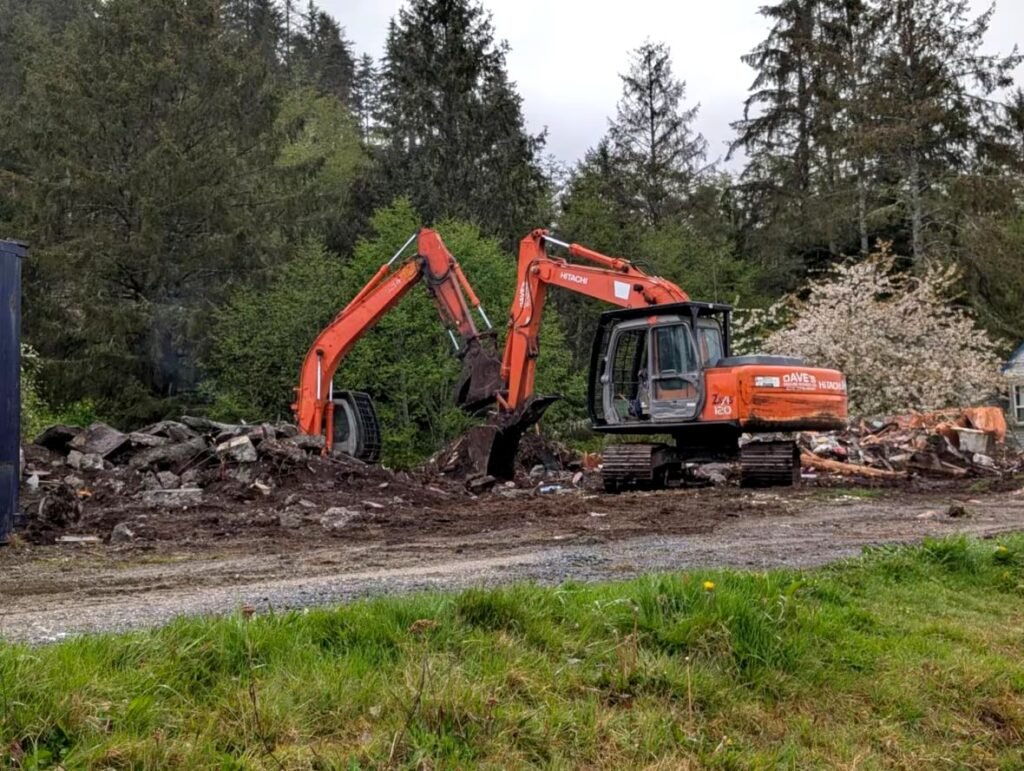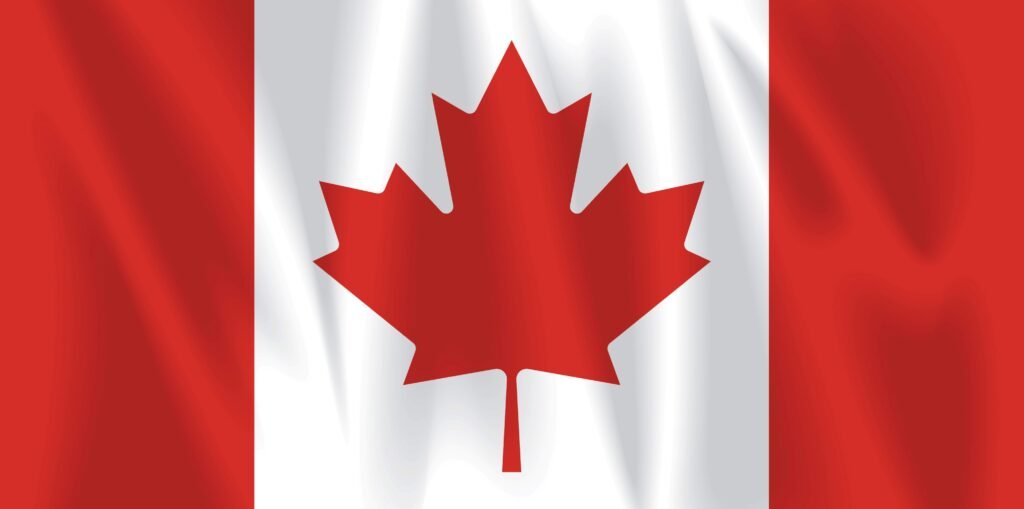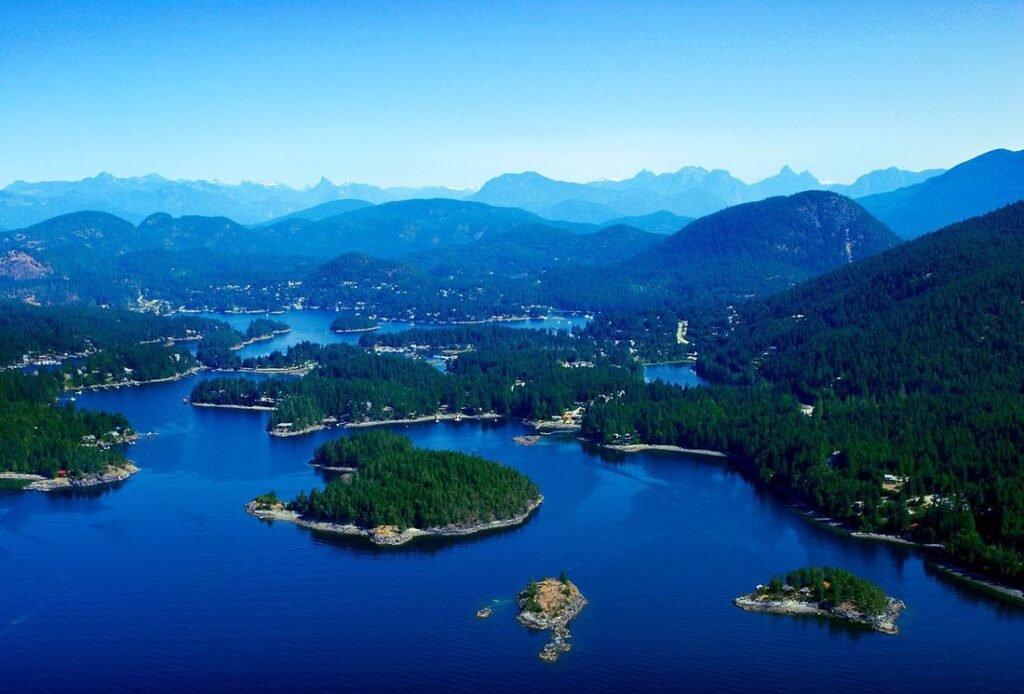
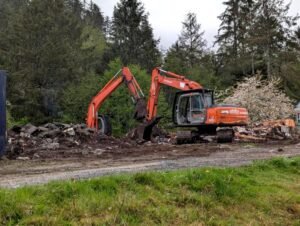
What Is the Declaration on the Rights of Indigenous Peoples Act (DRIPA)?
The Declaration on the Rights of Indigenous Peoples Act (DRIPA) was passed by the British Columbia government in 2019. It is the first law in Canada that legally commits a province to align its laws with the United Nations Declaration on the Rights of Indigenous Peoples (UNDRIP).
What Does DRIPA Change?
Under DRIPA, government actions—including land development, resource projects, and lawmaking—may now require “free, prior, and informed consent” from Indigenous groups. In practice, this can function as a veto on decisions that impact lands where Indigenous claims exist.
This applies even when land is privately owned or when legal disputes over territory are unresolved.
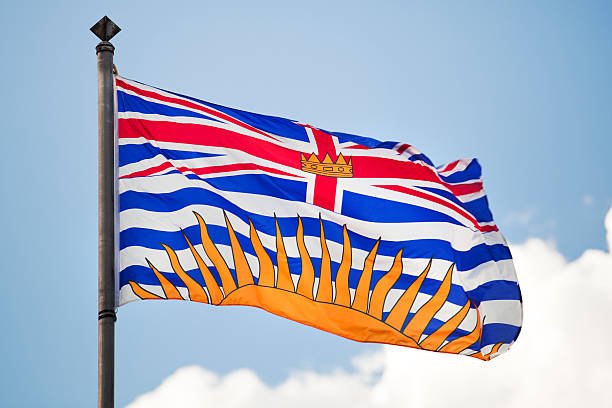
Digital Petition Platform
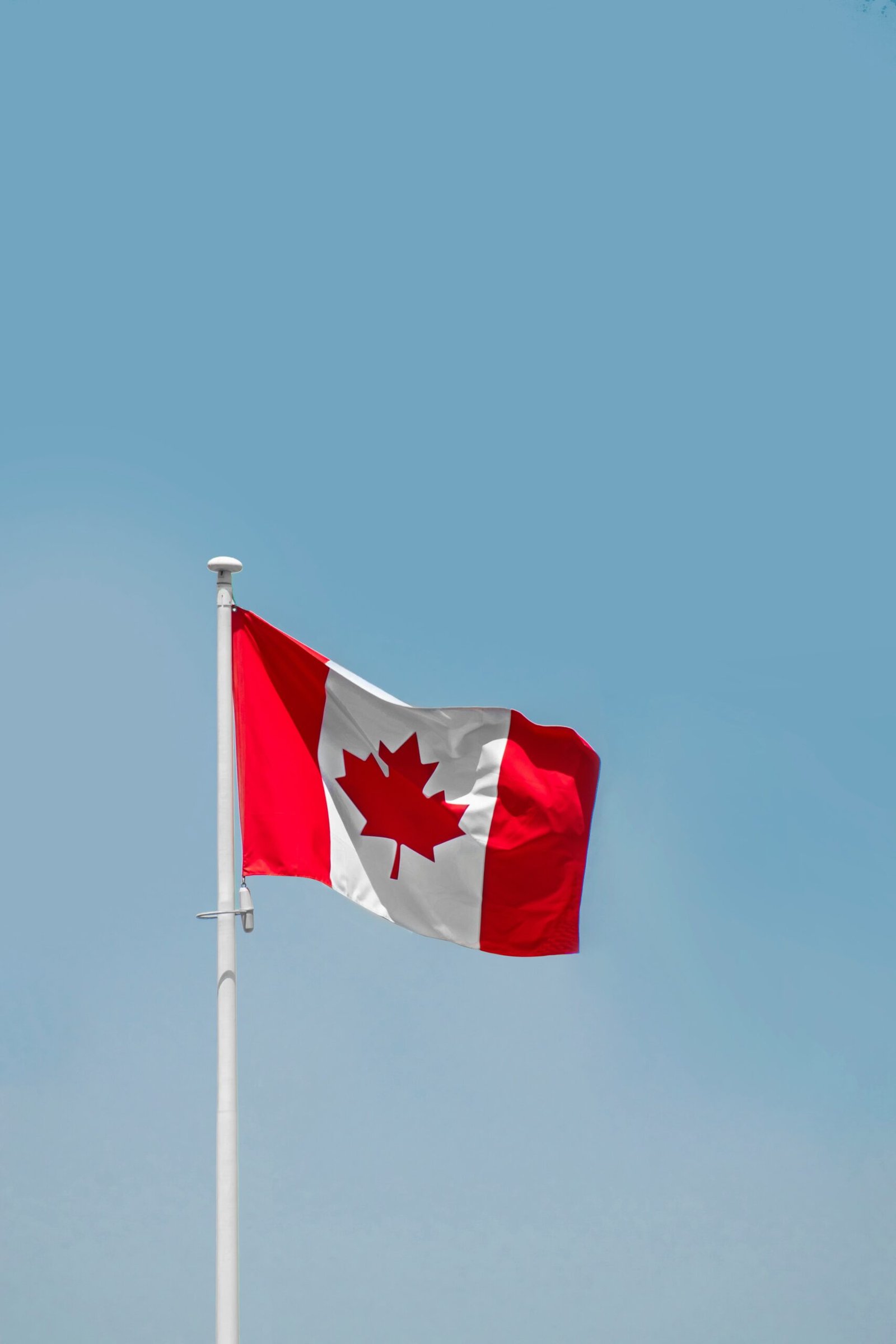
Advocacy for Sovereignty
Drop Dripa is a digital platform dedicated to amplifying the voices of British Columbians, focusing on the concerns surrounding the implementation of the Declaration on the Rights of Indigenous Peoples Act.

Community Engagement Hub
Our platform fosters community engagement, allowing individuals to express their concerns and support for Indigenous sovereignty while advocating for meaningful dialogue and action regarding the Declaration on the Rights of Indigenous Peoples Act.

Empowering Indigenous Voices
We empower Indigenous voices by providing a space for petitions and discussions, ensuring that the perspectives of British Columbians are heard and considered in the ongoing dialogue about sovereignty and rights.
Digital Petition
A platform for British Columbians to voice concerns on Indigenous rights implementation.








